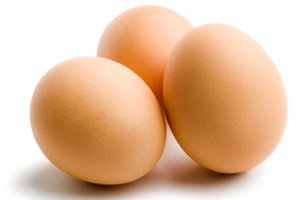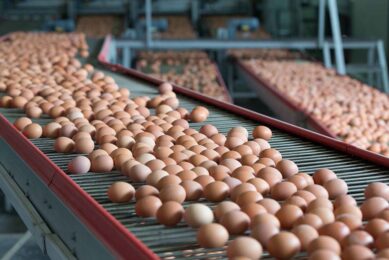IEC Madrid 2013 comes to a close

Globalisation, sustainability, and the growing importance of Asia; these were the lasting messages from the IEC conference in Madrid.
The final day of the conference focused on egg processing and economics. As the population is predicted to reach 9 billion people by 2050, more food must be produced, and as demand is increasing, so too are food prices.
Delegates at the IEC conference discussed food prices over the next decades, and the impact these will have on the global egg and egg products industry. Professor Hans-Wilhelm Windhorst presented a summary of his latest statistical report, studying the globalisation of egg production and egg trade, and the need for sustainable egg production was repeated by speakers throughout the day. Professor Louise Fresco and the European Commission’s Bianca Maria Scalet discussed sustainable intensification and the best techniques available to lower emissions within the egg industry.
Professor David Hughes explained that during the next 40 years Africa and Asia will see the greatest population rises. Africa will double its population, going from one billion to two billion people, and Asia is expected to grow from 4.1 to 5.1 billion people. Professor Hughes posed the question: “Is this a brilliant food marketing opportunity, or a social problem?”
Professor Hughes believes that a lot of what is going to happen to food prices over the coming 20 years will depend on Asia. In Asia’s emerging economies there is a great demand for higher protein foods; David Hughes explained that this could be good news for the egg industry. The food choices made by such a large population in Asia, particularly China, will have a huge impact on the rest of the world – what producers supply, the quantities and the price.
Professor Hans-Wilhelm Windhorst’s latest statistical report supports Professor Hughes stance. Professor Windhorst told the IEC that: “Asia is the new centre of egg production world-wide”. It is the world’s largest egg producing region, accounting for 57.8% of global egg production; China alone represents 37.8%.
He also predicts that Asia will continue to strengthen its dominant position as eggs become an increasingly important form of protein in developing and threshold countries, and that by 2040, Asia will produce more than 70% of the world’s eggs.
Professor Windhorst’s research showed a different picture regarding global egg trade. European countries still dominate the egg trade market despite the challenges egg producers in the European Union faced following the introduction of the EU’s Directive on hen housing systems.
Maria del Mar Fernandez Poza from Spain addressed the delegates at IEC Madrid sharing the lessons the EU producers have learned as a result of recent implementation of legislation for keeping laying hens. Maria del Mar described the situation as very worrying to begin with; many EU producers were concerned whether their businesses would survive the transition. However, now the changes have been made, and producers have invested in enriched housing systems Maria del Mar told the IEC: “We can now say it was a huge asset and an argument in our favour.” She explained that the industry has gained great credibility; it is now seen as an industry prepared to encompass public opinion, one that is committed to consumer needs and good animal welfare, and offers quality products at a good price.
The next IEC conference is being held in Cape Town, South Africa 22nd – 26th September.
Join 31,000+ subscribers
Subscribe to our newsletter to stay updated about all the need-to-know content in the poultry sector, three times a week. Beheer
Beheer








 WP Admin
WP Admin  Bewerk bericht
Bewerk bericht